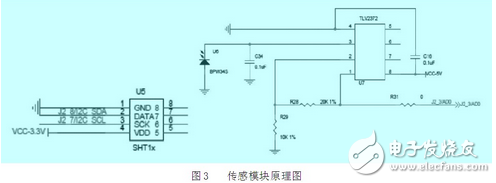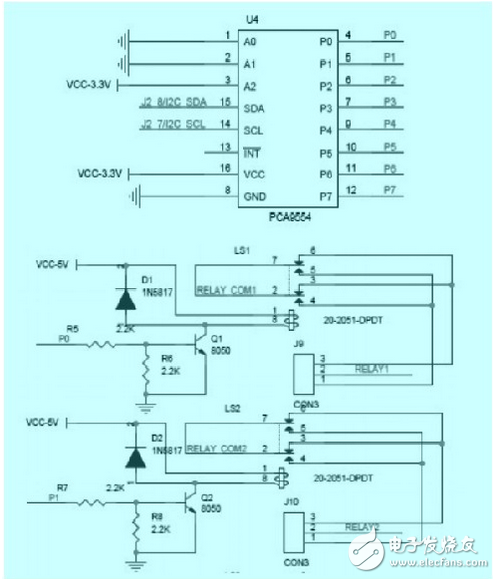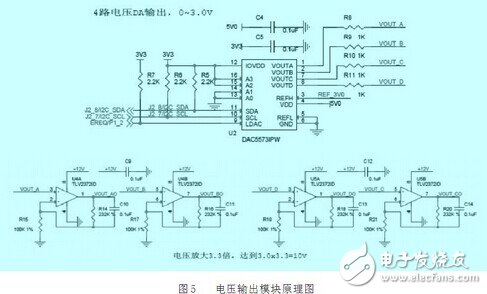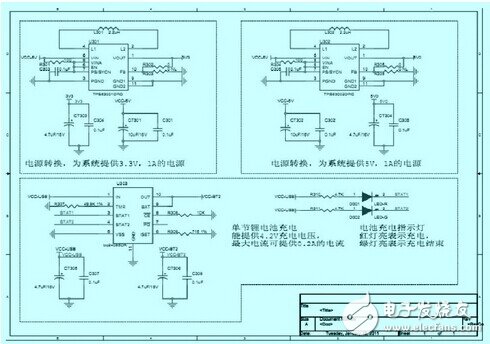As one of the core technologies of wireless sensor network (WSN), Zigbee technology has the following characteristics: 1) Low energy consumption and battery power supply, suitable for field and field where conventional power supply mode is not available. 2) Communication is reliable, the network is self-organizing and self-healing, and no manual intervention is required. Each communication node automatically finds and joins the network according to the determined routing rules. When a node detaches, fails, and moves, the network is able to repair itself and form a new topology. 3) Low cost, low complexity of equipment and large network capacity. The Zigbee protocol is free, and companies such as TI have also launched a free protocol stack, and its work in the 2.4Ghz global license-free band, which makes its productization cost very low. 4) Data security. Zigbee supports data integrity and authentication engineering, AES-128 encryption algorithms. The new version of Zigbee Pro supports more advanced security algorithms and can be flexibly configured depending on the application scenario.
The working principle of the system is as follows: after the terminal sensing node collects data, it sends a data packet to the routing node, and the routing node summarizes each node data packet and forwards it to the coordinator node. After receiving the data packet, the coordinator node continues to forward up to the serial port network port device. The serial-to-network device repackages the serial port data packets received into RJ45 data packets and forwards them to the on-site monitoring PC via the wireless router. At the same time, the wireless IP camera distributed in the greenhouse also transmits data to the on-site monitoring PC through the router. The handheld embedded gateway can also directly access the router to display environmental data in real time. The on-site monitoring PC is equipped with a service system. As a server server, the remote PC can directly access the remote measurement and control through the browser and IP address. The above is mainly the uplink of the sensing data, and the downlink is similar. The control command is issued by the upper computer, and is finally forwarded to the corresponding control node to execute the control command via the router, the serial network device, and the coordinator.
Sensing control module design
The sensing and control module is the basis for the system to achieve measurement and control. The air temperature and humidity sensor adopts SHT11 digital temperature and humidity sensor from Sensirion of Switzerland, IIC interface, humidity output resolution is 14 bits, temperature value output resolution is 12 bits, and can be programmed to 12 and 8 bits. The power supply voltage ranges from 2.4 to 5.5 V. Current consumption: 550μA when measured, averaged 28μA, and 3μA during sleep [4, 5]. The light sensor uses a light-sensitive probe BPW34S [6], and the light-sensitive probe is processed by an operational amplifier to the AD input. The sensing control module uses NXP's IIC bus to control the GPIO expansion chip PCA9554 to provide 8-bit parallel I/O ports. The processor directly reads the SHT11 temperature and humidity data through the IIC, and indirectly reads the illumination data through the AD. The schematic diagram of the sensing module is shown in Figure 3.

The control module mainly uses relay and DA analog voltage output. The schematic diagram of the relay module is shown in the figure. After the host computer issues the control command, the PCA9554 drives the relevant I/O port to turn the triode on or off to drive the relay to close or open.

The DA program-controlled analog voltage output module uses TI's DA chip DAC5573 and buffered amplifier op amps using the TLV2372. The maximum output voltage of the DAC5573 is 3.0V, and the output is approximately 10V after being amplified 3.3 times by the op amp TLV2372. The schematic diagram of the voltage output module is shown in the figure.

Node power module design
The node power module design uses TI's TPS63001DRC (3.3V) and TPS63002DRC (5.0V) two DC/DC power conversion chips to provide stable 3.3V and 5.0V voltage for the system. The system is designed as two dry batteries or USB power supply mode, and a lithium battery interface is reserved. Seamless switching between power supplies. The power module schematic is shown in the figure.

The system applies Zigbee technology, one of the core technologies of the current popular Internet of Things, to the greenhouse monitoring system, realizes the collection and control of the basic environmental factors of the greenhouse, and realizes the remote visualization operation of monitoring, with high reliability and strong anti-interference ability. The design solves the problem that the cables in the traditional greenhouse are criss-crossed, inconveniently arranged and high in maintenance cost, and has high practical significance and promotion value.
Shenzhen Esun Herb Co.,Ltd. , https://www.szyoutai-tech.com